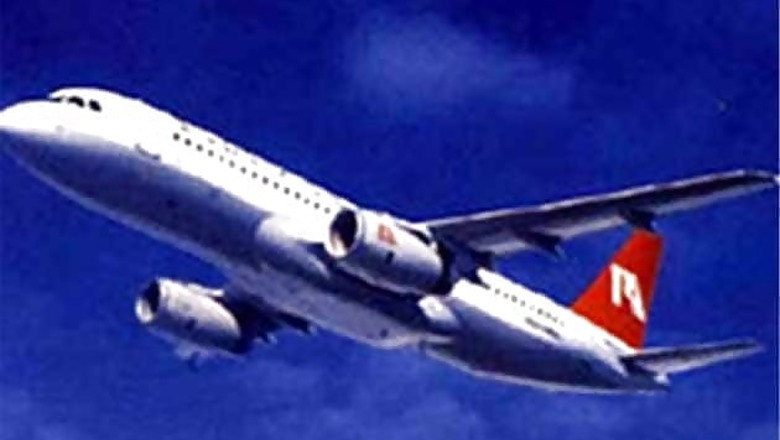
views
Hydraulic system works on the basic principle that force applied at one point is transmitted to another point using an incompressible fluid. The fluid is almost always an oil of some sort. The force is almost always multiplied in the process. A simple hydraulic system consists of two pistons and an oil-filled cylinder connecting them.
When one piston is pressed the liquid goes and exerts pressure on the other piston causing it to move.
Since oil is incompressible, the efficiency is very good- almost all of the applied force appears at the second piston. The great thing about hydraulic systems is that the pipe connecting the two cylinders can be of any length and shape, allowing the liquid to snake through all sorts of things separating the two pistons. The pipe can also fork so that one master cylinder can drive more than one slave cylinder if desired.
In an aircraft, hydraulics control the movement of an aircraft, left and right, upwards and downwards. The pilots will lose control of the airplane to turn right or left, climb in case there is a total hydraulic failure. The only way to fly a plane with full hydraulic failure is by increasing and decreasing the power of engines but only if they are mounted on the wings. But very few pilots in the world have the nerve and finesse to execute this.
Usually in smaller planes, there are manual flight control alternatives but in case of the bigger ones, it is almost always entirely hydraulics-based. But bigger aircraft typically have three or more hydraulic systems and it is in extremely rare situations that all of them fail.




















Comments
0 comment